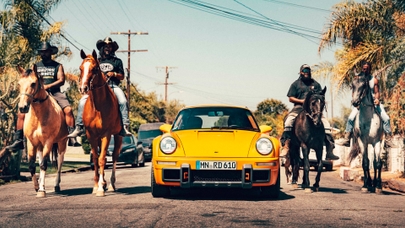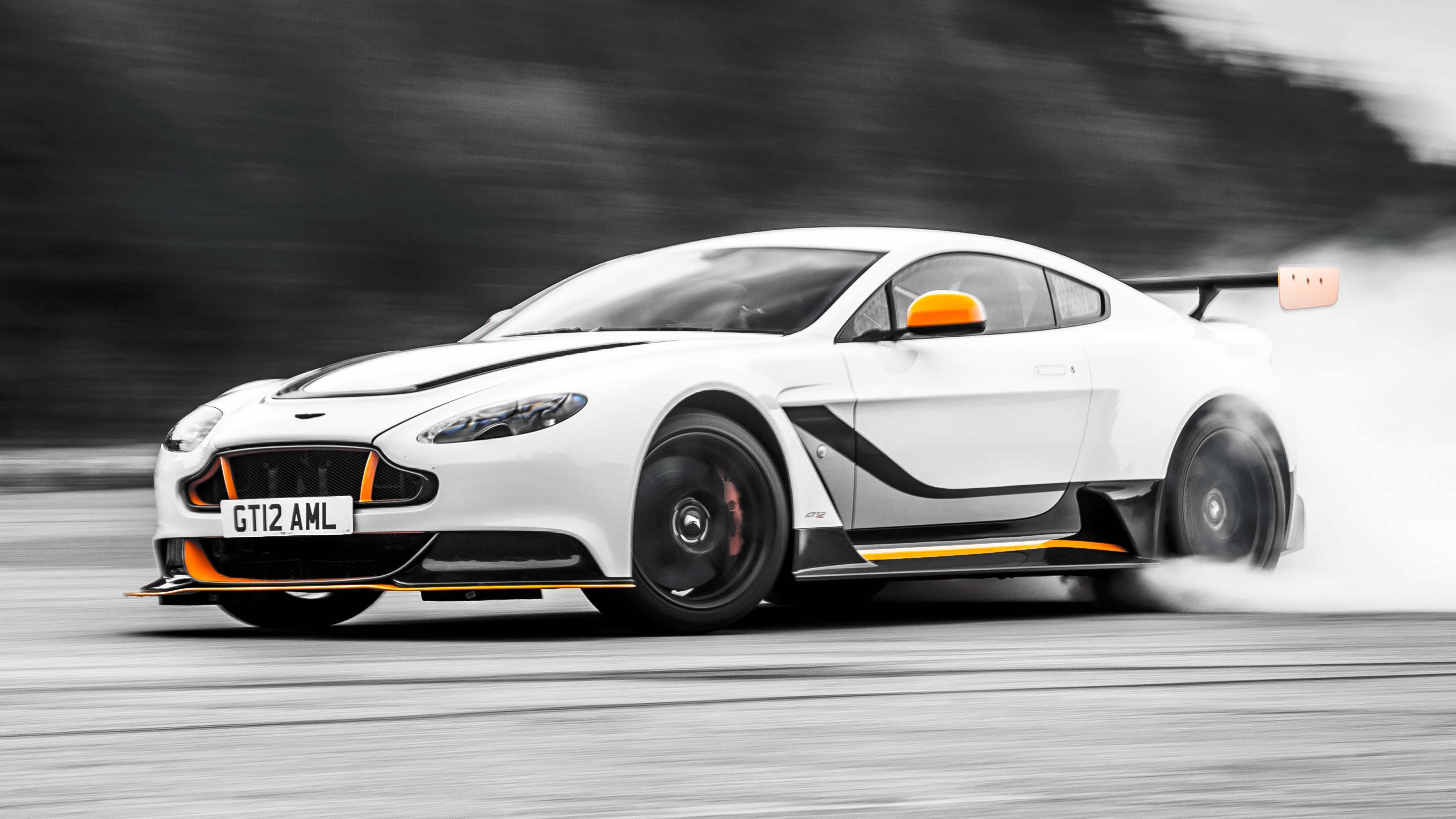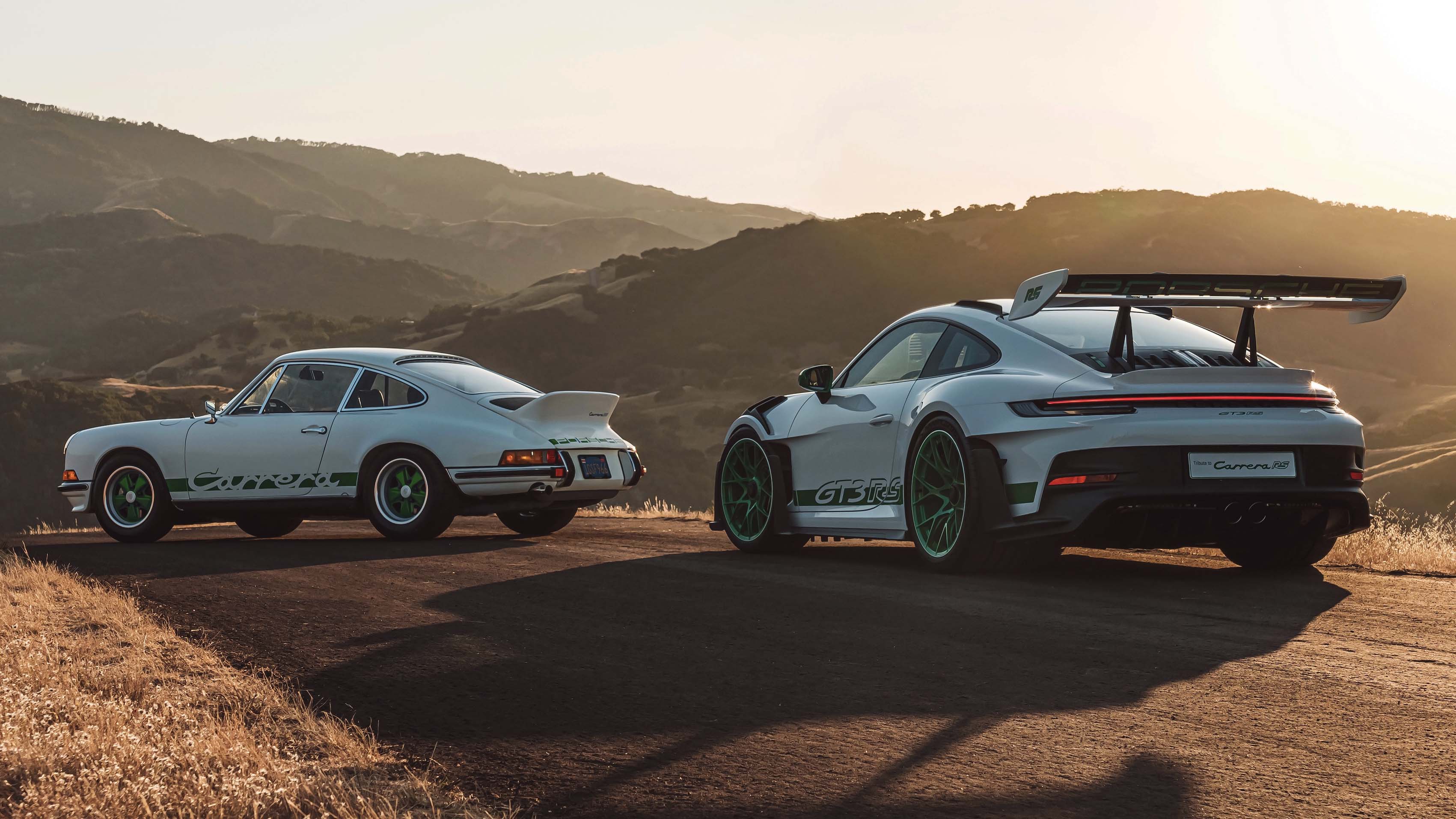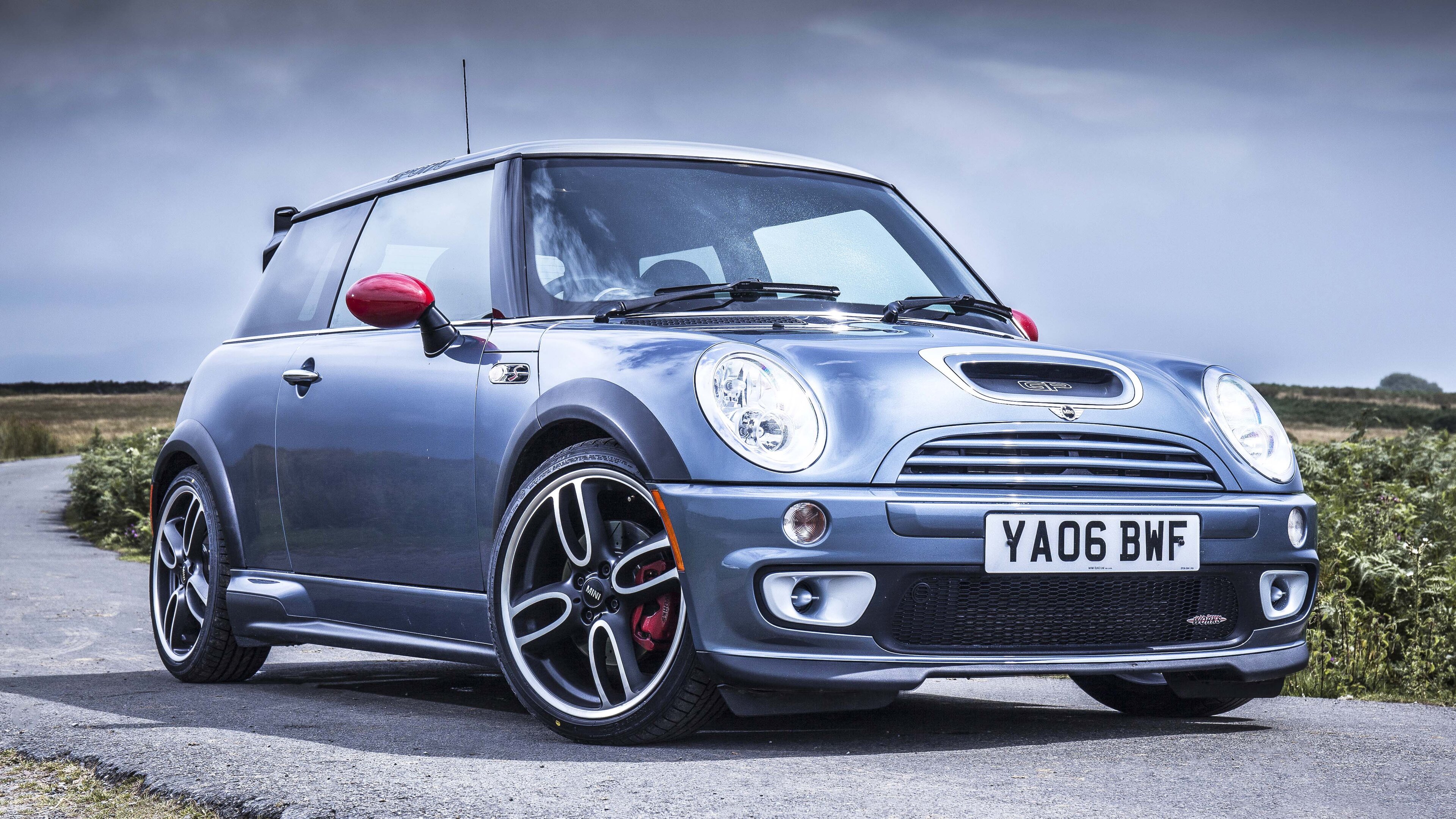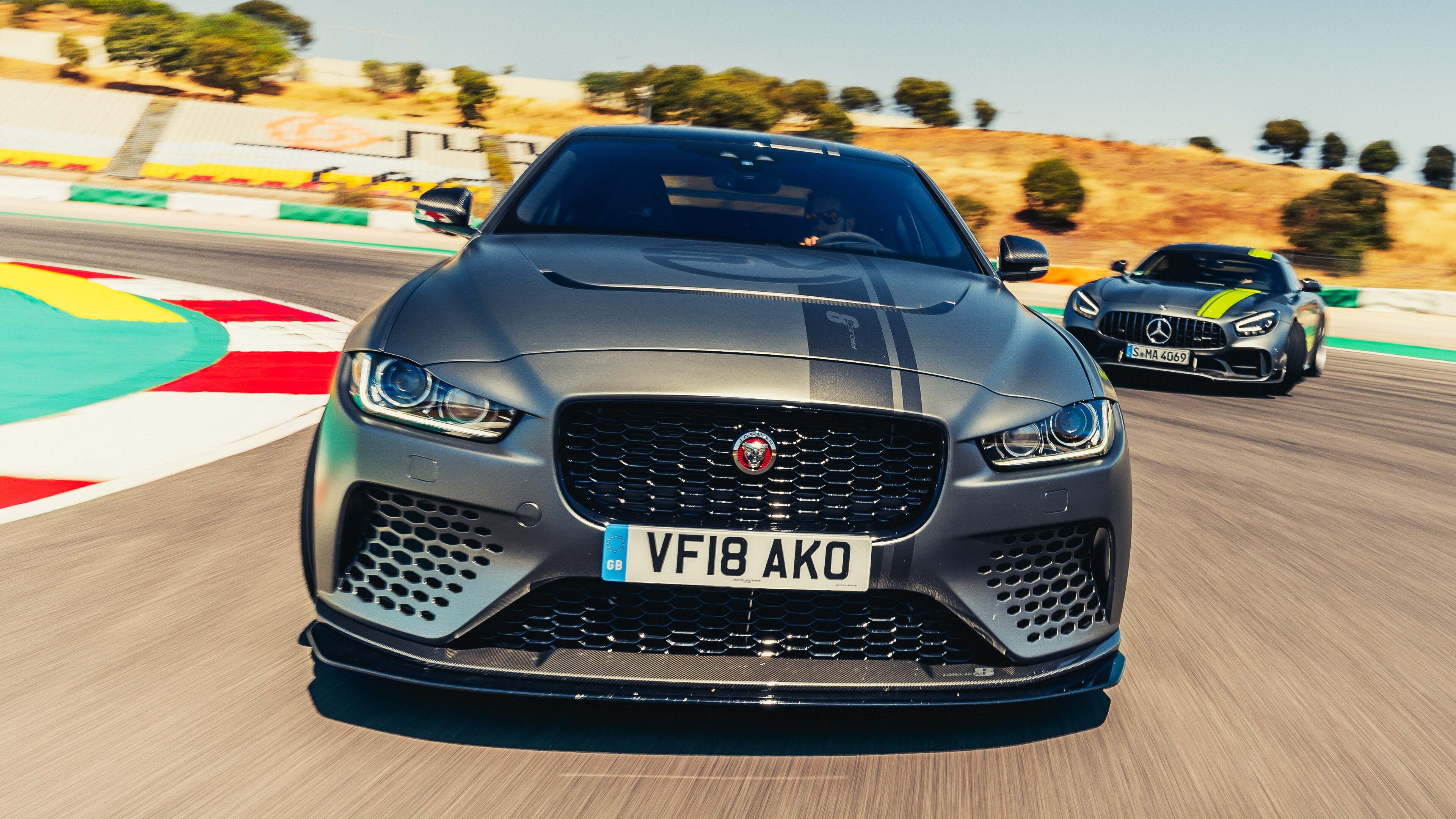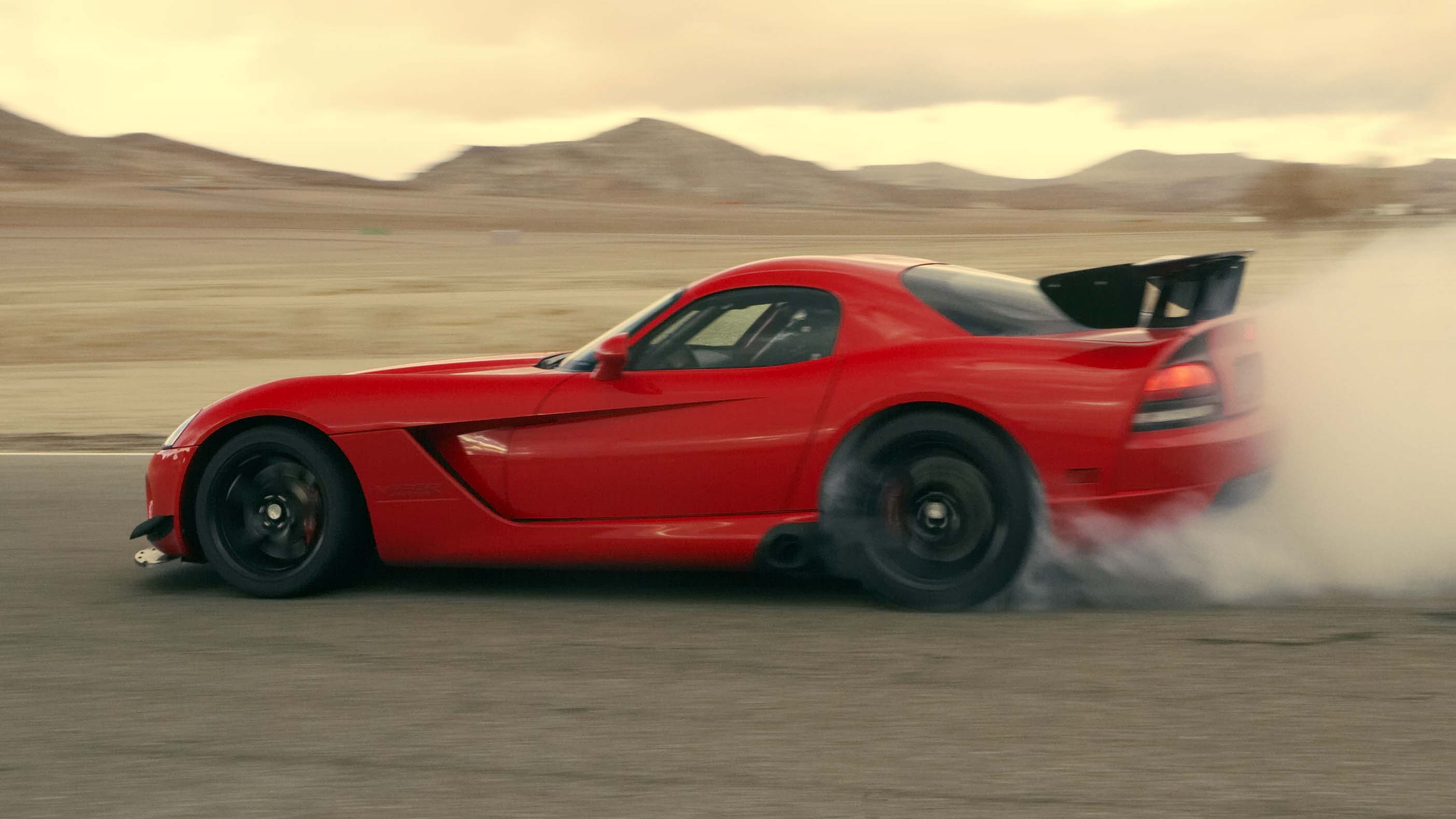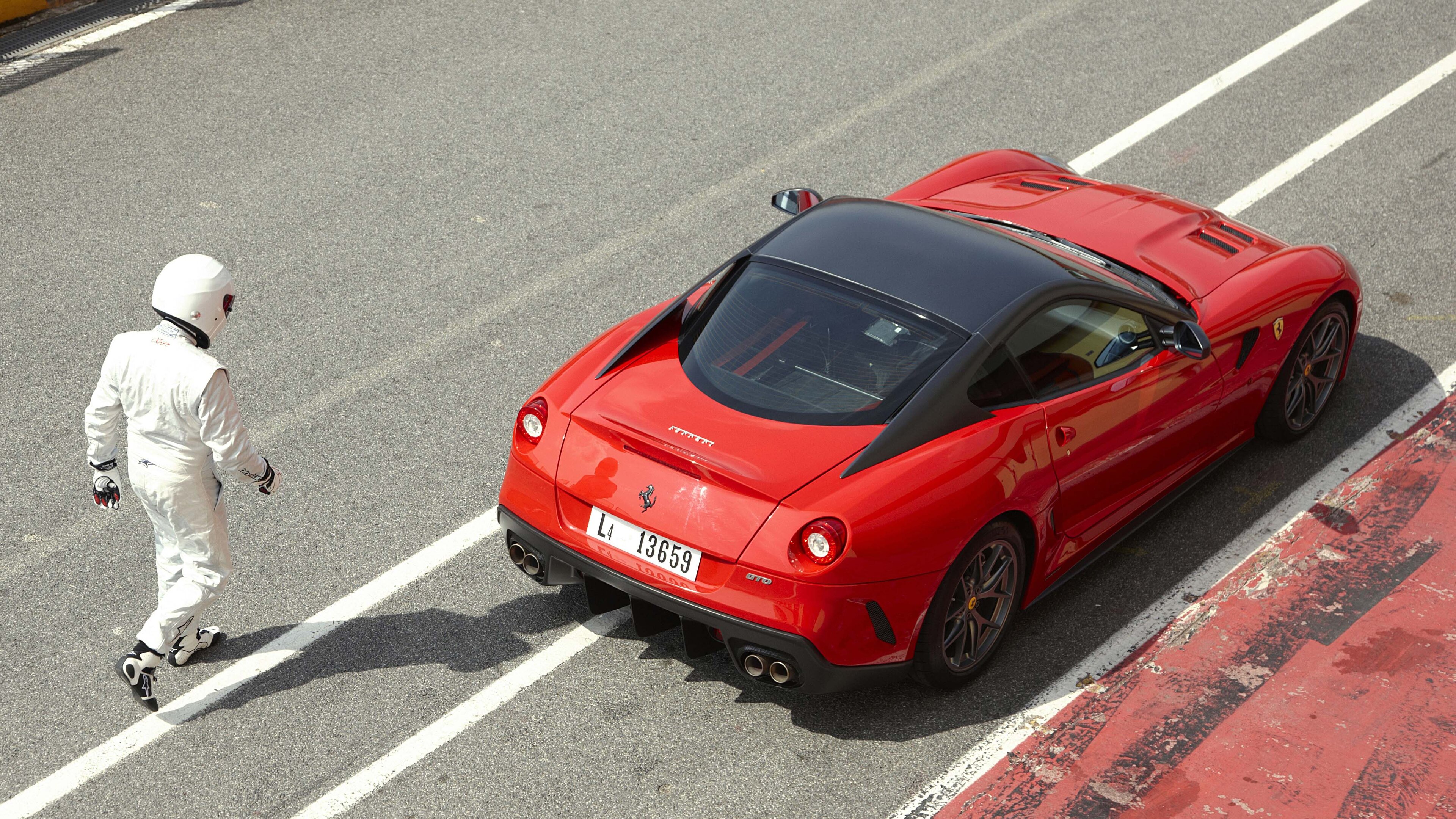
Who is responsible for inventing the hardcore special sports car?
With more power and less weight, the special sports car hits different. When did it catch on, and has the concept peaked?
Seems like the simplest idea for squeezing a dollop more cash out of a sports car, doesn’t it? The stripped, striped track bred run out special. You’d imagine it was a notion five minutes younger than the car itself. That Karl Benz clambered down off his Patent-Motorwagen and declared it was time to add an adjustable rear wing and suede upholstered tiller.
But nein. It’s tricky to definitively pin down who deserves the credit for kickstarting the gold rush, but like a fair few motoring brainwaves, it’s probably German. More than likely had the engine in the back. You know where this is going, don’t you? Enter the 1973 Porsche 911 2.7 RS. All the elements are there – a (cute by modern standards) aero package climaxing in the first appearance of the ducktail spoiler. Stiffer Bilstein suspension, wider tyres, pumped out bodywork fashioned from thinner sheet metal. Soundproofing in the skip, more horses under the kicked up bootlid. Just like today’s GT3, buyers could choose between a more dailyable Touring (1,075kg) or a more extreme 960kg Sport.
Porsche expected to sell 500 – enough to tick the racecar homologation box and satisfy the FIA its new racing 911 is still road related. But the RS catches the company off guard: demand tripled the original allocation. So you’d presume the flood gates would open... but no. The rest of the 1970s and entire 1980s are a barren zone for the track refugee.
‘RS’ doesn’t appear on a 911 again until 1992, on the 964 gen car. With no aircon, no power steering, a roll cage, road skimming ride height and even the cabin courtesy light binned, it shed 120kg and gained a handful of horsepower. But the ‘pay more, get less’ equation and sheer harshness of the RS didn’t add up. Reviews were vicious and sales stuttered. Naturally, a 964 RS is now a £250k unicorn – about half as much as you’ll pay for the 2.7 grandaddy.
BMW spies the opportunity to play on its heritage and resurrects three iconic initials: the E46 M3 CSL is quite possibly peak M car
While Porsche was nursing burned fingers, the Italians decided to steal in. Surely, this would be the moment the lightened track special caught on and never looked back? The Ferrari 348 Competizione ought to have been the start of the Speciale dynasty, thanks to an almighty 200kg deletion brought on by a very early use of carbon panels. A fruitier exhaust squeezed an extra 10bhp from the 3.4-litre V8, but it felt like more with a shorter final drive unlocking zippier performance.
So why wasn’t this the launch pad? Because while Ferrari got the recipe right, it cocked up the maths. Only 50 Comps were built, and the exotic panels meant the 348’s asking price was more than the prettier new F355 which had already arrived to poop the party.
Around now there’s a cul de sac in the potted history of the stripped ’n’ ripped supercar: the road going Le Mans special. McLaren commemorates its sensational 1995 Le Mans 24hr race win with five F1 LMs, while regulations force Porsche and Mercedes to sell road legal versions of their enormous endurance specials. Hence the outrageous 911 GT1 Straßenversion and CLK AMG GTR. Sure, these are all circuit bred variants of road cars, but they’re coming at the problem from the other direction: more road going competition cars than street supercars drizzled in motorsport dressing. Not to worry – the CLK’s dominance killed GT1 racing and that was that.
But 2003 is a monumental year. Ferrari and Porsche go head to head with respective special editions and two lineages of track day heroes are born. The 360 Modena morphs into the Challenge Stradale, while the 996 evolves into its final caged fighter form with the 911 GT3 RS.
Top Gear
Newsletter
Thank you for subscribing to our newsletter. Look out for your regular round-up of news, reviews and offers in your inbox.
Get all the latest news, reviews and exclusives, direct to your inbox.
Porsche only sells its contender in white. Ferrari charges thousands for a white stripe. The 911 is manual only. Ferrari opts for F1 flappy paddles. But crucially, both find a willing audience who buy into the noise, the stiffness, the sweatiness and pain in the arse harnesses. This is the moment that the modern track special is born – and plenty of other carmakers are watching with euro symbols in their eyes.
Not just supercar elites either. BMW spies the opportunity to play on its heritage and resurrects three iconic initials: the E46 M3 CSL is quite possibly peak M car. Infamously, the £58,000 CSL comes as standard with an automated manual gearbox and a polite disclaimer that its semi-slick Michelin tyres are a tad unstable in the wet.
Whatever was in the water at BMW around then trickled through to Mini, which beat the Renault Megane R26.R to the ‘stripped track day hot hatch’ idea by a couple of years with the 2006 John Cooper Works GP. Mini loses its way after the phenomenal GP2, but Renault’s Trophy-Rs go from strength to lap record shattering strength. Sadly that lineage now appears dead in the water.
Meanwhile, 2007 heralds Lamborghini’s literally titled Gallardo Superleggera while Mercedes’ Black Series peaks too soon with the sublime CLK63 Widebody – another German super coupe sold with a ‘careful now’ grubby weather letter.
If you want to make a car go quicker, it’s cheaper and easier to add power than subtract mass
Until now a European preserve, America nails the brief first time with the Dodge Viper ACR, which becomes an unlikely lap record hero. It’s a simple sum: 600bhp + 68kg of downforce – 36kg = big gains. Simpler times.
Right around here the global financial meltdown could stall the fun. Luckily for us the carmakers push the boundaries off the edge of the map: Ferrari lavishes the treatment over a front-engined V12 for the first time to create the controversially named but wonderfully savage 599 GTO.
Then Bugatti proves even the world’s fastest car needs more power, less weight, stickier tyres and redrawn aero, even if the 267mph Veyron Super Sport is a long way off what you’d deem a ‘track car.’
Not long after Porsche runs out of 911s to diet and sets about its mid-engined twins with the suede to create the Boxster Spyder and Cayman R. Then another niche within a niche spawns – the track only hypercar. We’re given the McLaren P1 GTR, and the LaFerrari becomes the FXXK.
But the core business of absurd evolutions of already fast cars is still booming. Nissan flies the Japanese flag long since waved by the NSX Type R and its gramme shaving gearshift gaiter by setting internet forums alight with the GT-R Nismo N Attack. Nissan says it’s ‘road legal’ for its Nürburgring lap record, others are less convinced. Life’s too short to worry about that. The British are coming...
And cor blimey guv’nor do we mean business. In a dash over 12 months Aston Martin churns out not one but two winged monsters: the Vantage GT12 and GT8. Our ears are still ringing. McLaren’s first foray into longtail territory results in the superb 675LT, and Jaguar’s Special Vehicle Operations skunkworks smears D-type cool over the F-Type-ish Project 7. Somewhat forgotten now, but soon to boom in value (alongside the Project 8) as the last hurrah of ye olde muscle car Jag?
We didn’t know it then, but that might’ve been peak track special. What chance another ‘Project’ from Jaguar, or a ’Ringmeister Megane now Renault’s hatch is an e-crossover? Cars continue to balloon in size and weight: the current M4 ‘CSL’ is actually heavier than the bog standard full fat M4 it replaced. And thanks to the insta shove of the electric motor, if you want to make a car go quicker, it’s a heck of a lot cheaper and easier to add power than subtract mass, before waving anything in the direction of a six point fertility smooshing harness.
So, we end up back where it all began. Porsche’s GT division was never quite satisfied with the 2016 911 R, so boss Andreas Preuninger revisited the concept for the 911’s 60th birthday and built the GOAT: the even lighter (but strictly not for tracks) 911 S/T. Company founder Ferry Porsche once said “the last car built on Earth will surely be a sports car”. And most likely, it’ll have stripes, stickers, arse crushing seats and magnesium wheel nuts. Long live the light(er)weights.
Trending this week
- Car Review
Ferrari Amalfi
- Long Term Review
Is the Suzuki Swift still the best small car money can buy?






